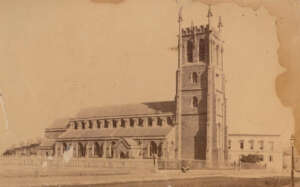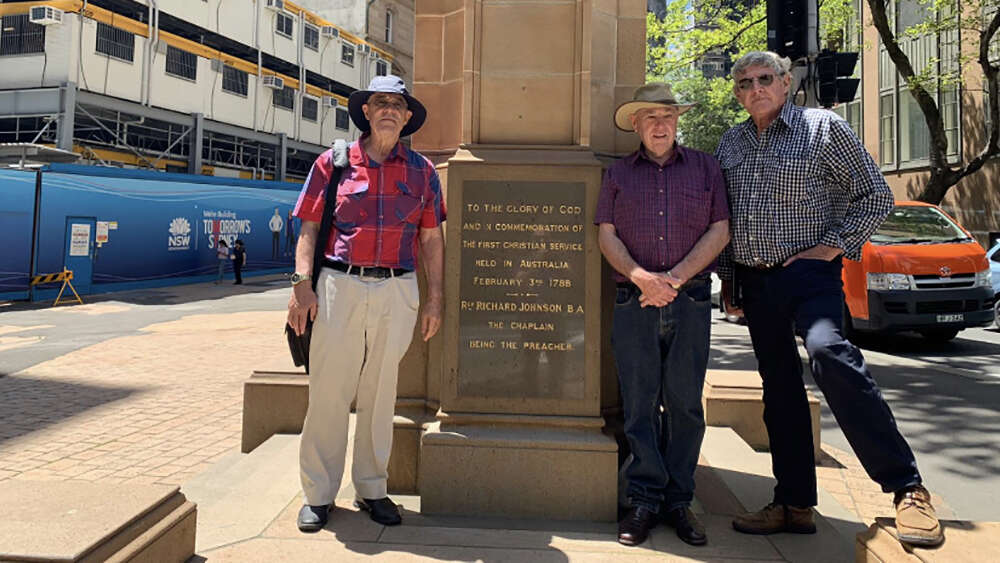‘Christians don’t give up on things’: lessons to be learned from understanding Sydney’s Christian history
There are certain lessons that can only be understood by standing in a place and looking left and right.
To understand, for example, the crucial role churches played in the community of colonial Sydney, is best learned by standing on Lang Street in Sydney’s CBD, and recognising why it was previously known as Church Street. There were Anglican, Presbyterian and Methodist churches all within a few hundred metres of each other.
That’s highly significant, says eminent historian Stuart Piggin. “The churches were close to the people. You get a sense of the prominence of the church in the local community.”
Piggin, co-author of mammoth histories of Australian evangelicalism The Fountain of Public Prosperity and Attending to the National Soul, believes understanding the role Sydney’s early churches in the city’s development is one of many gems of history that has lessons for today. So he’s on a mission to tell the story better — by putting on his walking shoes.
Piggin is leading a three-day tour of Sydney and Parramatta in an effort to help people learn from Sydney’s early Christian past, and shape its Christian future.
The tour is set to focus on Sydney’s first churches and ministry work, as well as the Christian family ‘dynasties’, as Piggin describes them, such as Richard Johnson and the Hassall family.
The story of Sydney’s growth is, to an extent, the story of Australia. Central to the country’s story is the dispossession of land from Indigenous people.
“There was a chronic failure, of course,” he says about relations between Indigenous and non-Indigenous people.”
But, “when the full story is told about the history of Australia, and you get into the details as distinct from the generalisations, I think we’ll be surprised that the efforts which the early Christians made to communicate the gospel to Aboriginal people.”

St Phillips Church in the 1860s (State Library of NSW)
Piggin hopes the tour helps people apply the lessons of the past to Australia’s future.
“Aboriginal reconciliation is still a work for the future. But you’ve got to keep the Christian voice in the conversation because in Christianity the ideas of reconciliation and forgiveness are essential. If the future is in continuity with the past, there will be energetic application by Christians too, in helping remain committed to [reconciliation] until it happens.
“Christians don’t give up on things, which is good.”
Equipping people to understand God’s work in the past — and future — is something that gets Piggin excited.
“The idea of using sites in order to step off points into the wider Christian experience is great,” he says. “Keith Hancock, the great Australian historian, spoke about linking the parish pump to the cosmos, and seeing how these local manifestations of Christianity relate to what’s going on in the world. It’s what we’re going to try and do.”
Email This Story
Why not send this to a friend?


